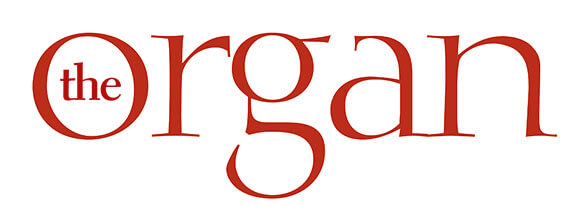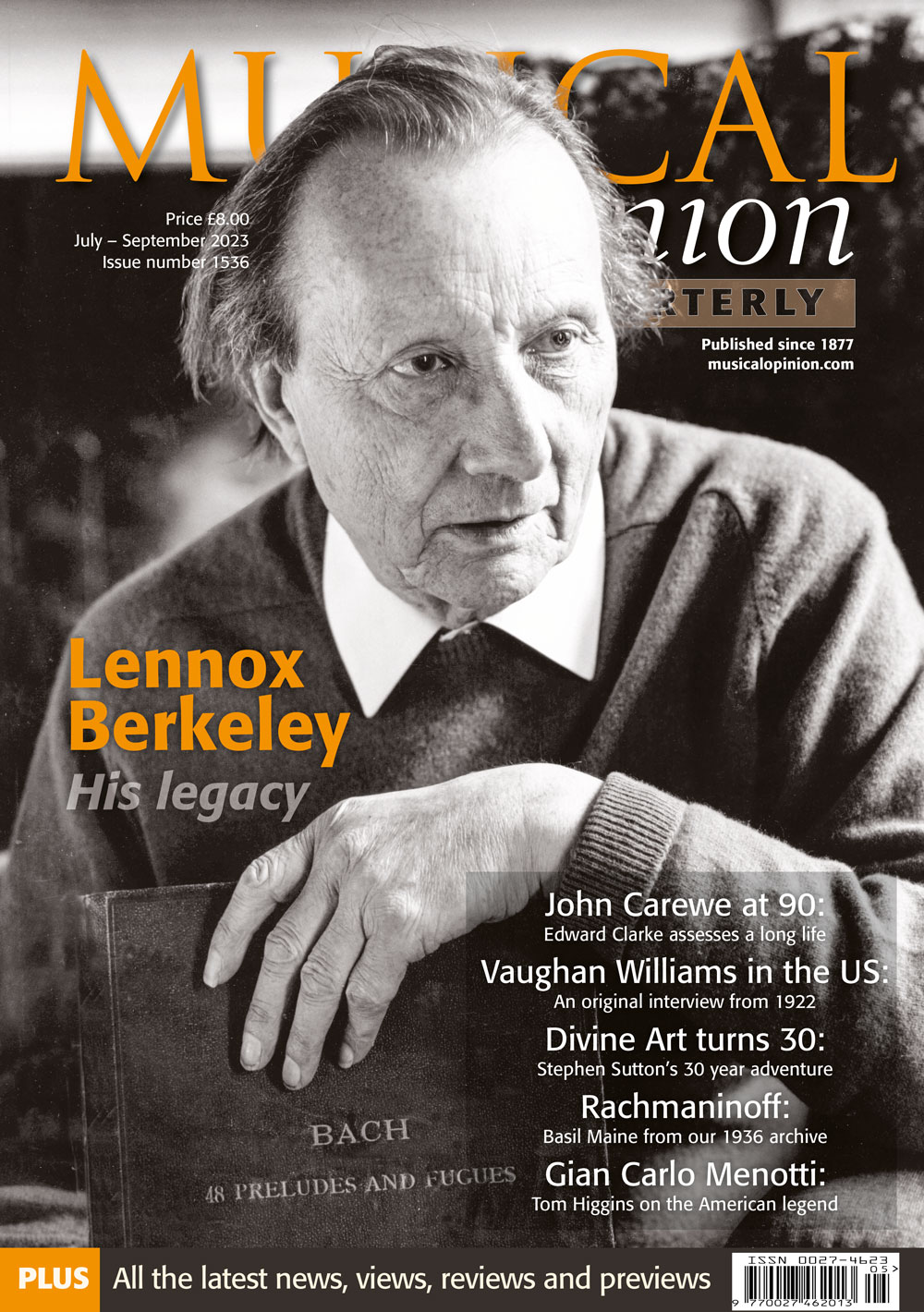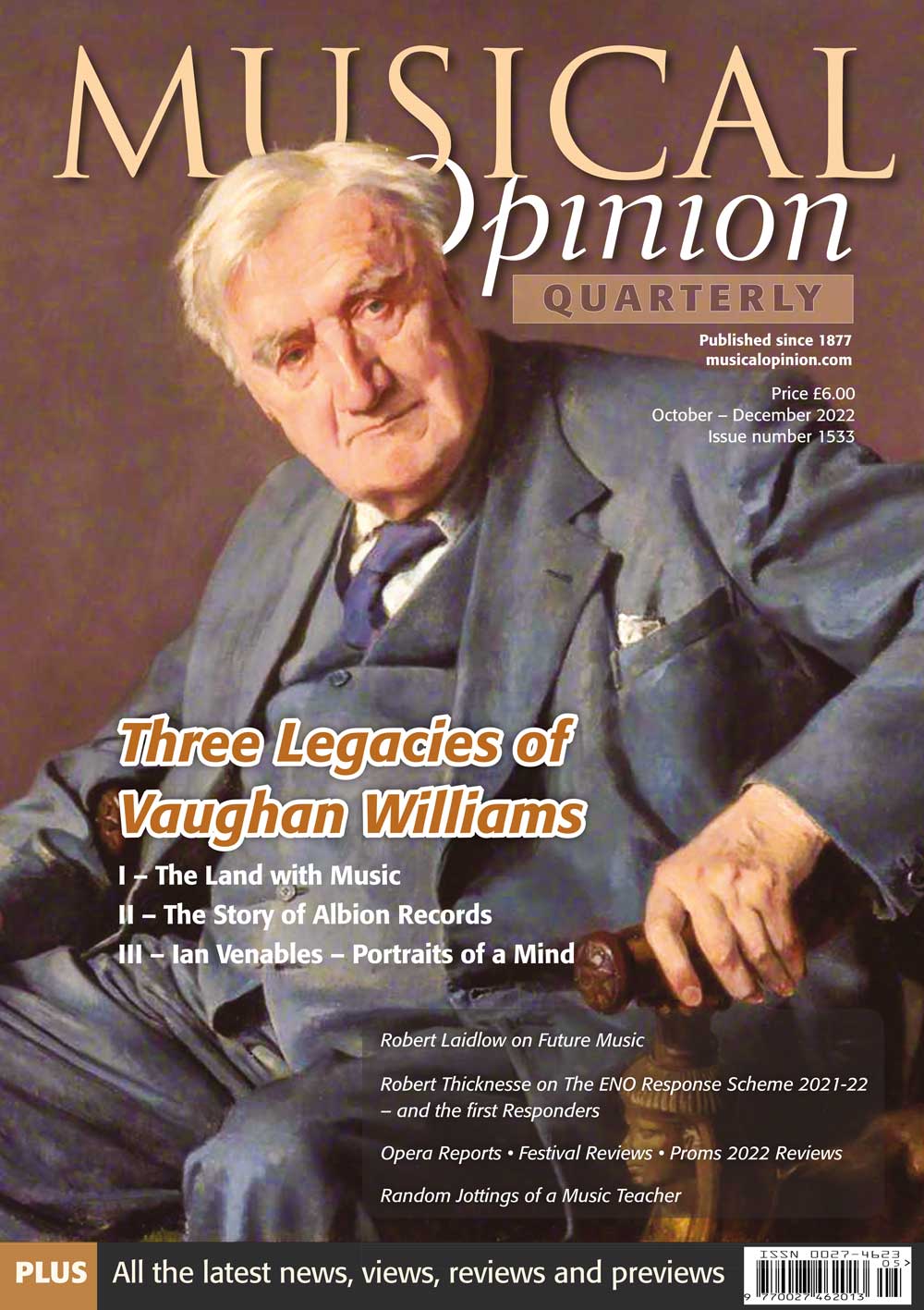Previous Issues
Summer 2024. 409
Suite de Pièces pour Violon et Orgue
Spring 2024. 408
Winter 2024. 407
Autumn 2023. 406
Summer 2023. 405
Spring 2023. 404
Winter 2023. 403
Autumn 2022. 402
Summer 2022. 401
Spring 2021. 400
Winter 2021. 399
Autumn 2021. 398
Whilst staying at A4 size and 56 pages, the magazine has been completely redesigned with different fonts (more easy to read), bigger photopgraphs, more focus on things like specifications and more CD reviews of organ repertoire.
Summer 2021. 397
Winter 2021. 395
Spring 2021. 396
Autumn 2020. 394
Summer 2020. 393
Spring 2020. 392
Winter 2019. 390
Explore By Topic
Spring 2025. 412
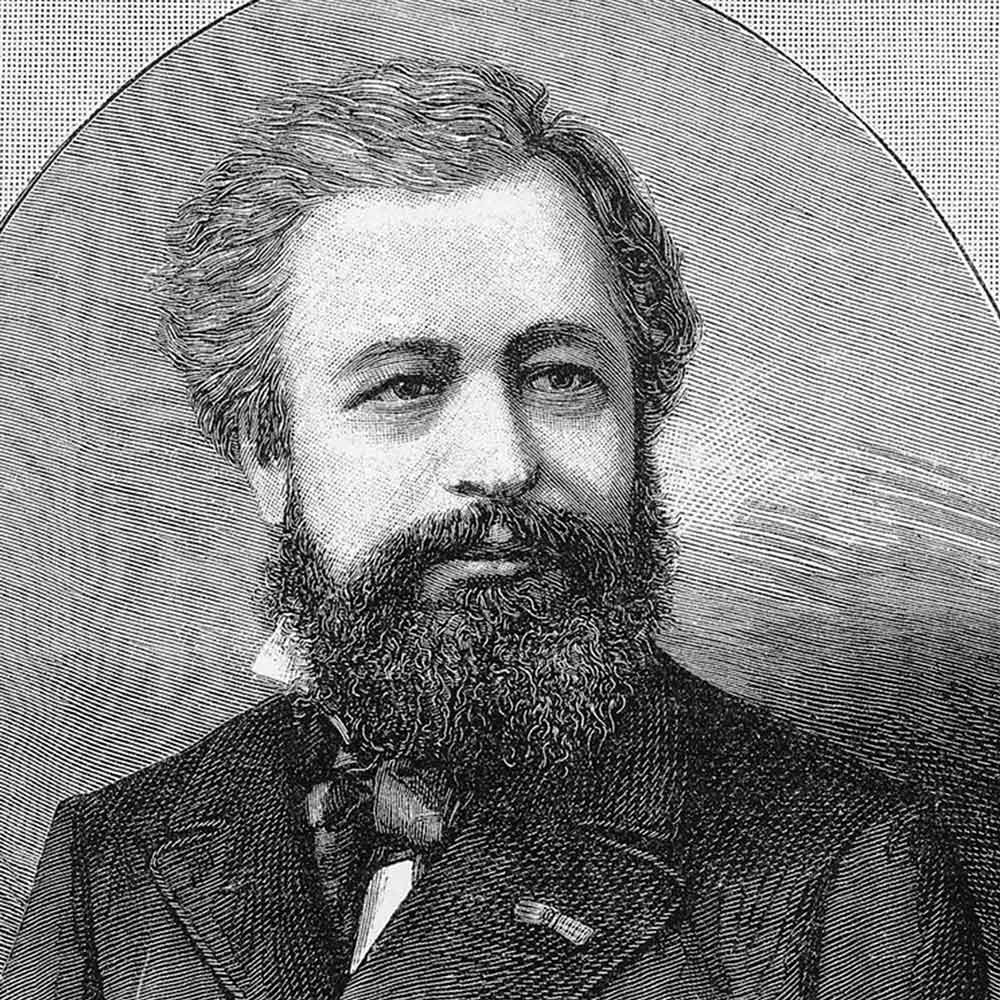
Alexandre Guilmant as musicologist and arranger
Robert James Stove
If Alexandre Guilmant achieved nothing else, he would still have earned posterity’s gratitude for his researches into, and promotion of, early organ music. That, amid his multifarious compositional, concert-giving, and didactic commitments, he should have found the time to embark on these researches is notable enough. But that he embarked on them in the complete absence of the administrative and scholastic infrastructure available to experts nowadays – that, moreover, he did so when musicology as a discrete field had only just started to attract serious attention – makes his accomplishments in this regard all the more striking.
It implies no diminution of these accomplishments’ significance to point out that certain others had already prepared the ground for Guilmant. The nineteenth century (and above all the second half of the nineteenth century) was the first period in which large numbers of musicians developed a genuine historical consciousness concerning music from past ages: especially concerning the sheer pastness of music from past ages. Through no coincidence, at this very period the discipline of musicology, as we now know it, arose.
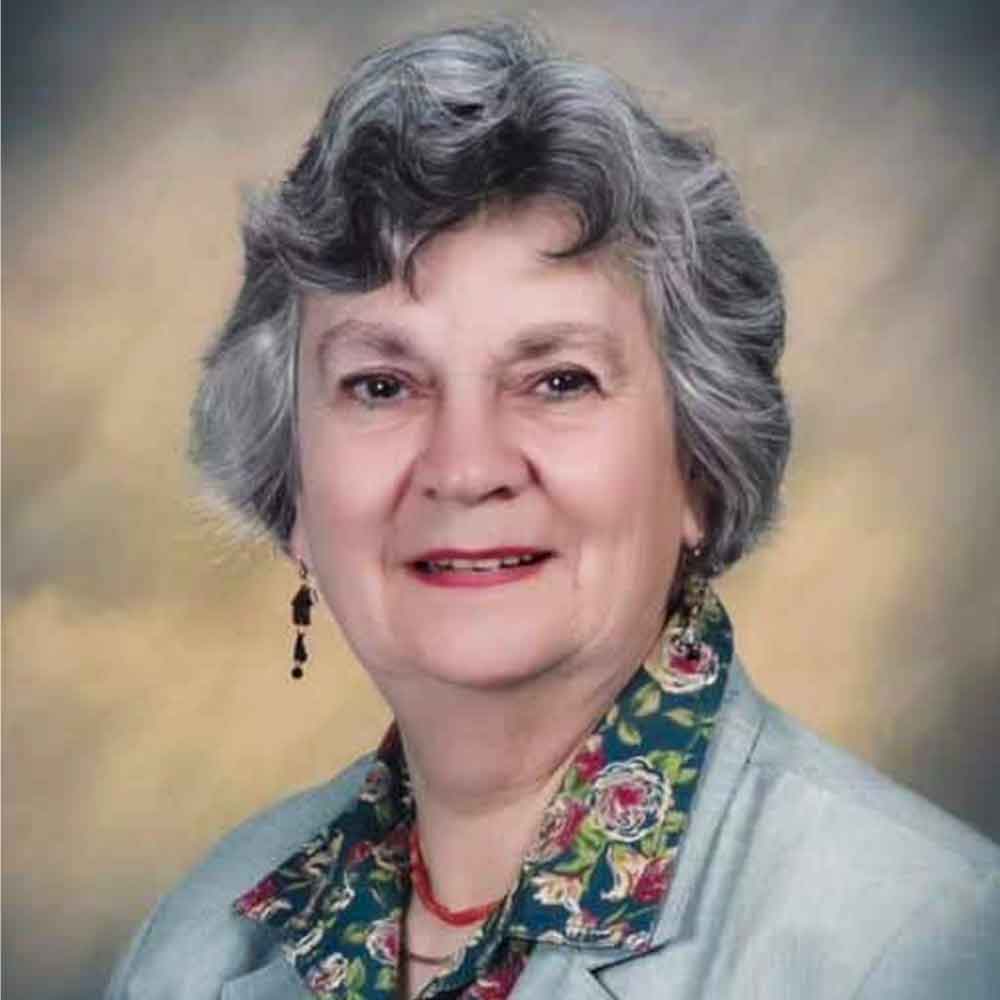
Barbara Owen (1933-2024) leading world authority on the organ, its music and its history
Kenneth Shenton
Barbara Owen, who has died late last year aged 91, was one of that select but notable band of American musicologists whose work was internationally known and highly respected. Able to combine rare musical insight with remarkable resilience, this pioneering female organ historiographer represented at its most dynamic that immediate post war generation of musicians who achieved so much in often hugely challenging time. Her greatest triumph undoubtedly lay in her ability to bring character to the many lesser stars of nineteenth century music: mere names until Owen invariably put flesh on scholarly bones with unfailing regularity.
Born in Utica, New York in January, 1933, Barbara Jean Owen was the eldest daughter of English engineer, David Owen and his Welsh wife, Vera, the couple emigrating from Wales to the United States during the Great Depression. Spending her formative years in a Welsh speaking home in New Haven amid fellow immigrants from the Principality, she initially studied at the Westminster Choir College, learning the organ with Alexander McCurdy, before going on to the University of Boston where her tutor was Karl Geiringer. Refining her talents with visits to Europe, she was also a regular visitor to Britain, in demand for all manner of musical events.
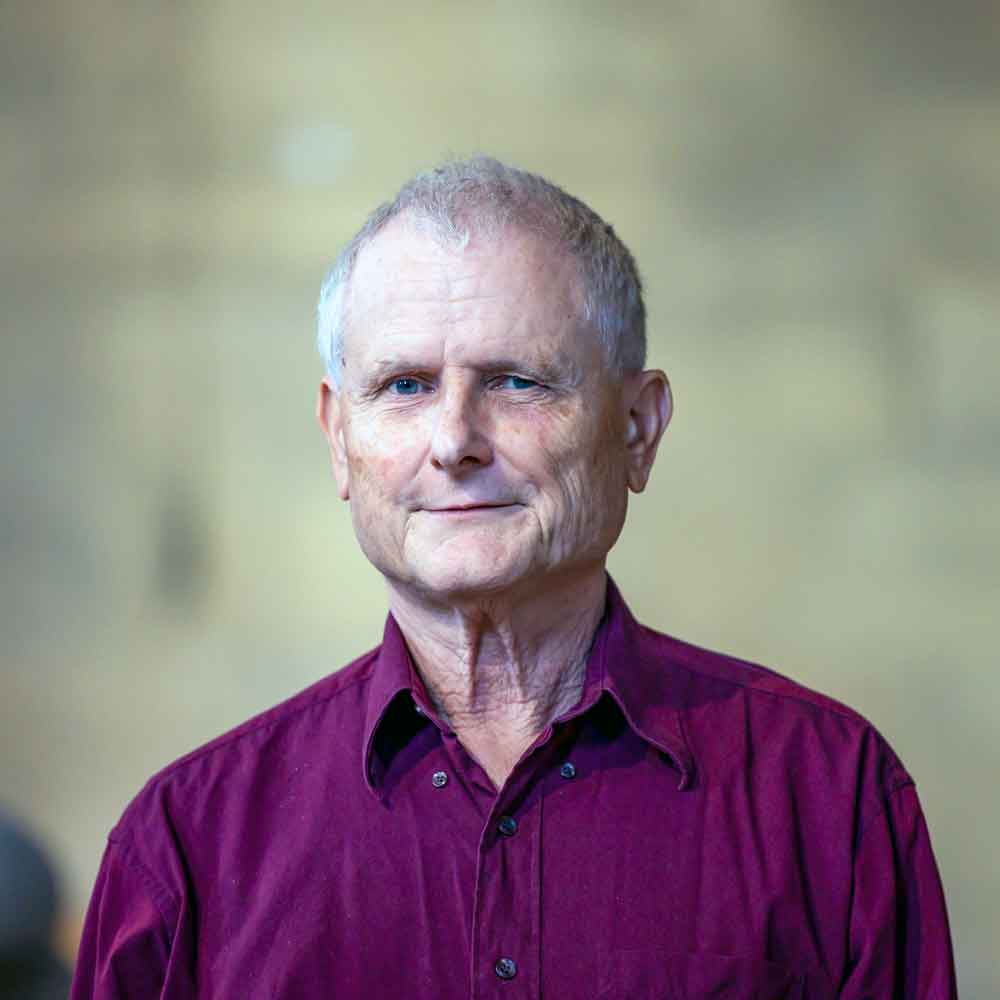
Echoes of the Past, Voices of the Future
Most musicians have their Damascene moment early on, whether through an encounter with a great recording or memorable lessons with an inspirational teacher. David Bray waited until his late twenties for his own awakening to the world of choral music. And when it came, it changed his life forever. While still a professional trumpeter, Bray was approached to represent the UK at a European choral event. “I had no experience of choral music at all,” he admits. “I think somebody dropped out!” It turned out to be one of the most important moments in his musical development. “I can remember sitting in this hall and a French choir came on singing the “Hodie Christus natus est” from Britten’s A Ceremony of Carols – I thought it was amazing. Why had I never heard anything like this?”
It led to a decision to take singing lessons, and an engagement with choirs such as Trinity College Chapel, Cambridge under Richard Marlow, as well as an encounter with the Latvian choir Ave Sol, with subsequent trips to the Baltic states. Today, David Bray is a passionate advocate for choral music and has prizes in international choral competitions to his name. And since 2017, he has been the musical director of the professional chamber choir Luminatus, a powerhouse of unknown repertoire. Its recent recordings for Convivium Records have bridged the worlds of Renaissance and contemporary music to startling and revealing effect – in pairing these seemingly disparate styles, Bray and his musicians are making a deliberate statement about the enduring power of choral music across the centuries, and offering a window onto its constantly developing styles.
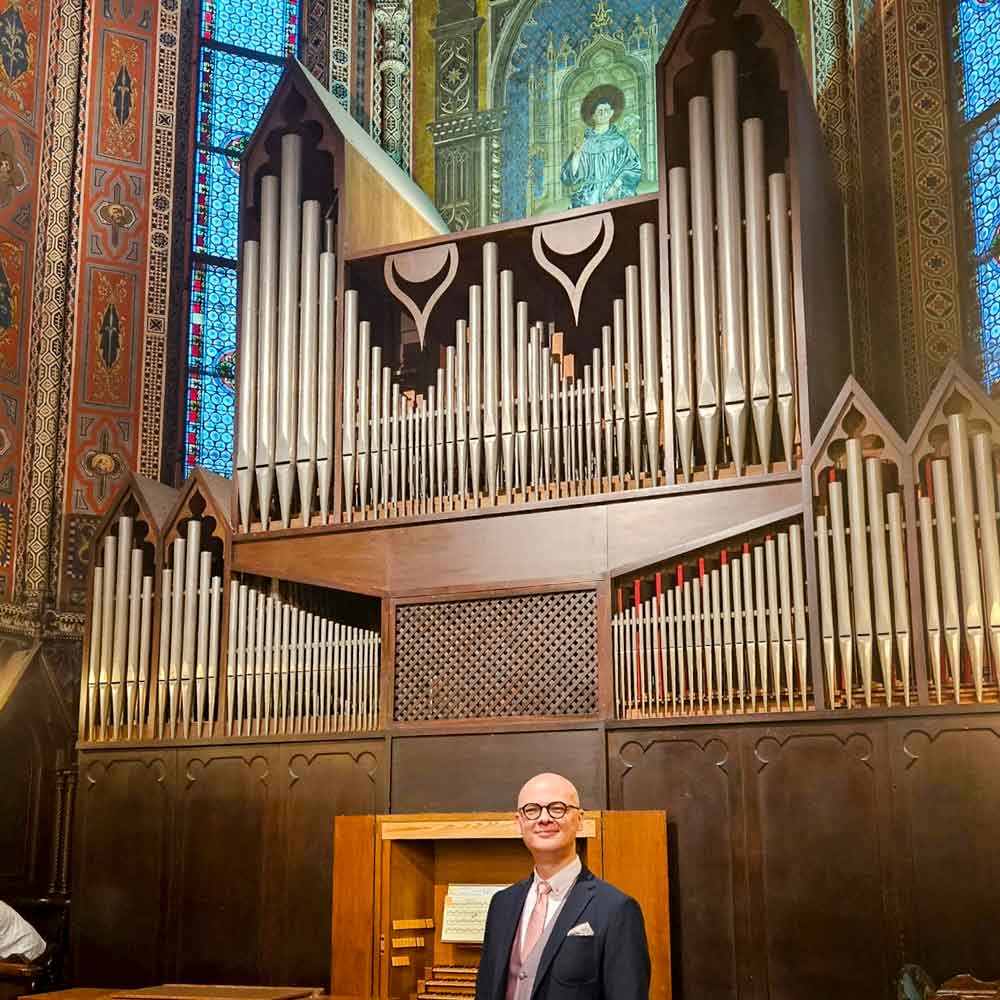
Franz Zanin’s organ in St Anthony’s Basilica in Bologna, Italy
Dr Michał Szostak
On the 28th of June 2024, I had the pleasure of performing a recital at the Basilica of Saint Anthony of Padua (Basilica di Sant’Antonio di Padova) during the eighth edition of the Bologna Summer Organ Festival organised by the music association, “Fabio da Bologna”. The article describes the city’s main historical and cultural characteristics, the Basilica of Saint Anthony of Padua building, the Basilica’s organ created by Franz Zanin, and some facts about the organ builder.
Bologna, the capital of Italy’s Emilia-Romagna region, occupies a strategic position in northern Italy between the Padus River and the Apennine mountains. As a city of remarkable antiquity and cultural wealth, Bologna has played a pivotal role in the historical and musical development of the Italian peninsula. Initially established by the Etruscans (or possibly the Umbrians) as Felsina, Bologna was later occupied in the 4th century BCE by the Celtic Boii tribe, who migrated from Gaul or across the Pennine Alps. This resulted in the formation of a distinct Gallic-Etruscan cultural synthesis. Following the Roman victory at the Battle of Telamon, the city came under Roman influence, and by 189 BCE, it was formally established as the Roman colony of Bononia. With the construction of the Via Aemilia in 187 BCE, Bononia became a thriving commercial hub, well connected to other major Roman cities such as Arezzo and Aquileia. At its peak during the Roman Empire, Bologna may have housed between 12,000 to 30,000 inhabitants and featured typical urban infrastructure, including temples, baths, a theatre, and an arena. The Roman geographer Pomponius Mela even listed Bononia among Italy’s wealthiest cities.
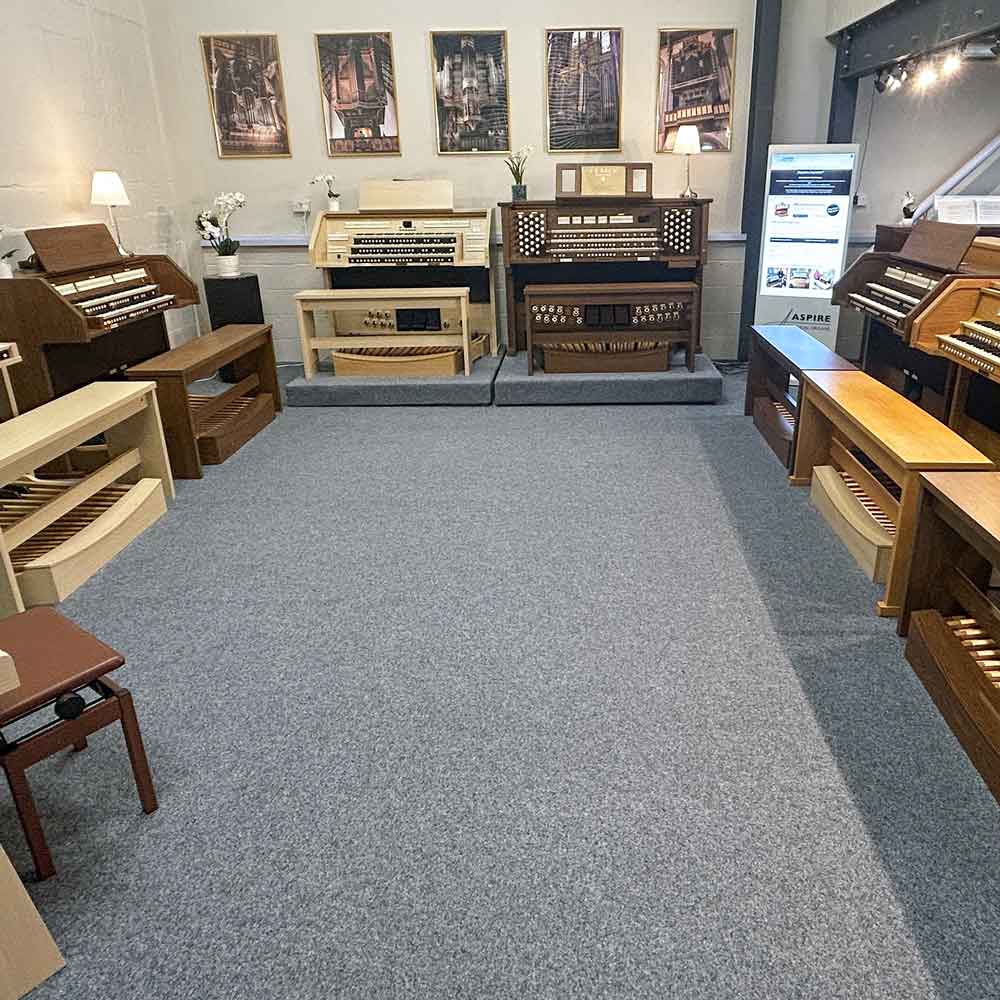
Aspire Classical Organs: Our Journey Continues
Tony Packer
Aspire Classical Organs is proud to announce the grand opening of their new showroom on Saturday, 24 May, marking an exciting evolution in its presence. Spanning over 1,500 sq. ft, the new space will exhibit the largest selection of new and used instruments in the region, including the full Ensign range in a choice of finishes and configurations. Attendees will have the unique opportunity to experience and play a large selection of used and new instruments firsthand, from the compact single‑manual UNO to the majestic 51‑stop 51FV, alongside a flagship Regent 363 demonstration on our 18 audio channel system.
An exciting new resource for Wales and the West
When the building hosting Aspire’s original showroom was sold, the team seized the chance to design a dedicated space that showcases the full breadth of their catalogue. At over 1,500 sq. ft the largest in the South West, the new showroom provides ample room for visitors to explore 19 different instruments, both new and pre‑owned. Whether you’re seeking a home practice organ or a church instrument, this venue ensures every model is on display and ready to play.
